Home>Garden Essentials>Garden Storage>Long Garden Ideas: 10 Rules For A Long, Narrow Plot
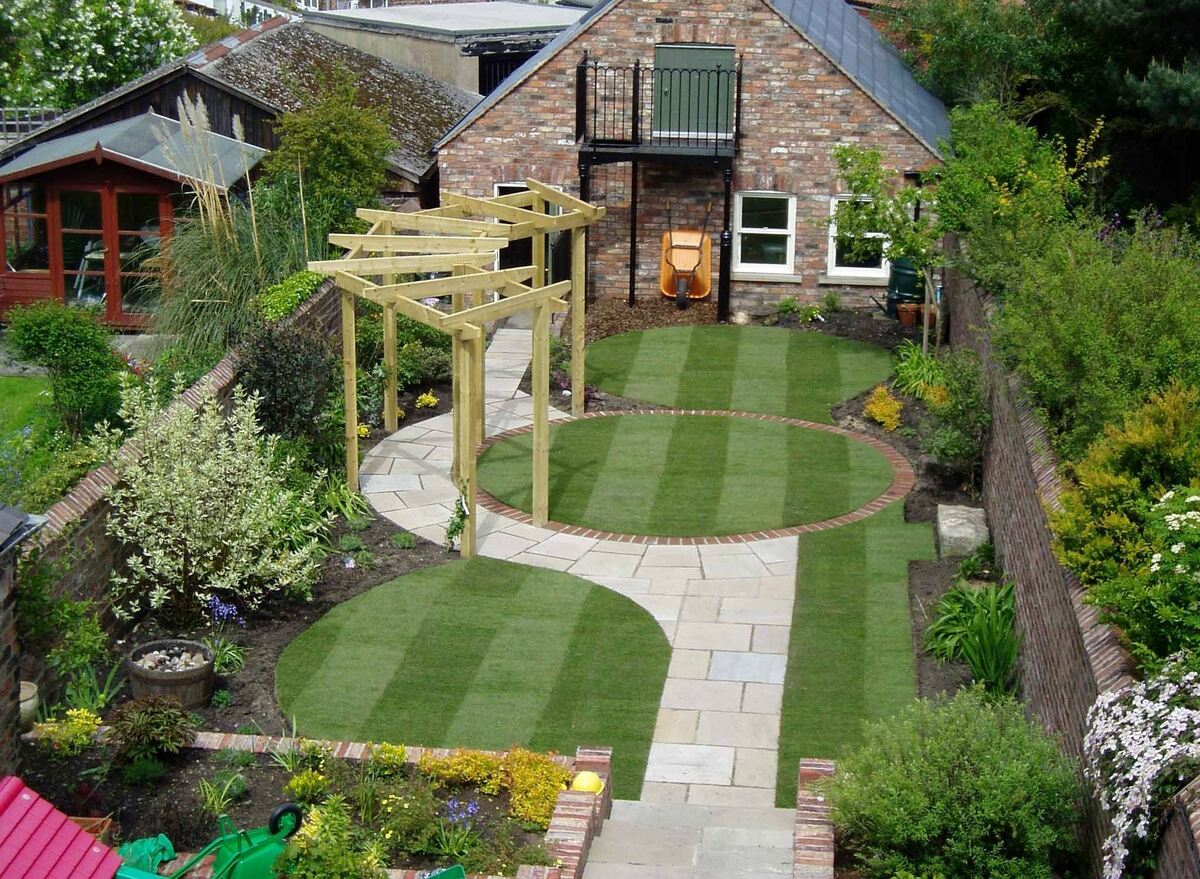

Garden Storage
Long Garden Ideas: 10 Rules For A Long, Narrow Plot
Modified: October 28, 2024
Discover 10 essential rules for maximizing storage in a lengthy and slim garden. Unleash your creativity with innovative long garden ideas for ultimate organization.
(Many of the links in this article redirect to a specific reviewed product. Your purchase of these products through affiliate links helps to generate commission for Storables.com, at no extra cost. Learn more)
Introduction
A long, narrow garden can present a unique set of challenges and opportunities for landscaping. While some might see it as a constraint, with the right approach and design, a long garden can be transformed into a stunning outdoor space. Whether your garden is a slim strip of land alongside your house or a long, rectangular plot at the back of your property, there are certain rules you can follow to maximize its potential and create a beautiful and functional space.
In this article, we will explore ten rules for designing a long, narrow garden that will help you make the most of your outdoor space. By understanding the layout, utilizing vertical planting, incorporating focal points, and creating different zones, you can create a visually appealing and well-balanced garden that feels spacious and inviting.
So, if you’re ready to transform your long, narrow garden into a stunning oasis, let’s dive into the first rule – understanding the space.
Key Takeaways:
- Rule 3: Utilize vertical planting to add height and depth, maximizing space and creating a lush, vibrant garden.
- Rule 10: Make the most of boundaries by incorporating seating areas, artwork, and storage solutions to enhance privacy and functionality.
Rule 1: Understand the Space
The first step in designing a long, narrow garden is to thoroughly understand the space you are working with. Take measurements and study the dimensions of your garden. This will help you determine the best layout and make informed decisions about what features to incorporate.
Consider the proportions of your garden and how it relates to your house and surrounding landscape. Take note of any existing features such as trees, boundary walls, or fences that could influence your design choices.
Additionally, think about how the garden will be used. Do you want a space for entertaining, gardening, or relaxation? Understanding the intended purpose of the garden will guide your design decisions.
Once you have a clear understanding of the space and its potential, you can start planning and experimenting with different ideas to make the most of your long, narrow garden.
Rule 2: Create Different Zones
In a long, narrow garden, creating different zones can help break up the space and make it feel more interesting and purposeful. By dividing the garden into distinct areas, you can create designated spaces for various activities and functions.
Start by identifying the different purposes you want your garden to serve. For example, you may want an area for dining and entertaining, a space for gardening, and a tranquil corner for relaxation.
Once you have determined the desired zones, use different landscaping techniques to visually separate them. This can be done through the use of hedges, trellises, or vertical planting to create boundaries between areas.
Consider using different materials and textures to further distinguish each zone. For example, you can use decking or paving for the dining area, gravel for the garden path, and lush grass or a seating area for relaxation.
Adding structures such as pergolas or gazebos can also help define separate areas within the garden. Not only do these structures add architectural interest, but they also provide shade and create a sense of privacy.
By creating different zones, you can make the most of your long, narrow garden by providing a variety of functional and visually appealing spaces.
Rule 3: Use Vertical Planting
In a long, narrow garden where space is limited, utilizing vertical planting can be a game-changer. Vertical planting involves growing plants vertically instead of horizontally, making use of walls, fences, or trellises to create a stunning greenery display.
Vertical planting serves multiple purposes in a long, narrow garden. First, it adds height and depth, making the garden feel more spacious and visually interesting. Second, it maximizes the use of space, allowing you to grow more plants in a limited area.
Consider using climbing plants such as clematis, ivy, or jasmine to cover walls or fences. These plants not only add a beautiful backdrop but also create a natural screen for privacy. You can also attach planters or hanging baskets to walls or fences to add more vertical greenery.
Another option is to incorporate vertical garden structures like living walls or vertical planters. These structures are excellent for growing herbs, flowers, or small vegetables while adding an eye-catching element to your garden.
When selecting plants for vertical planting, consider their growth habit and maintenance requirements. Choose plants that are suitable for your climate and can thrive in the available sunlight. Proper maintenance, including regular pruning and watering, is crucial to ensure the health and longevity of your vertical garden.
By implementing vertical planting techniques, you can enhance the beauty and functionality of your long, narrow garden, creating a lush and vibrant outdoor space.
Rule 4: Incorporate Focal Points
In designing a long, narrow garden, incorporating focal points is essential to draw the eye and create visual interest. Focal points are eye-catching elements or features that become the center of attention in the garden.
Strategically placed focal points can help break up the long stretch of the garden and create a sense of depth and balance. They serve as anchors, guiding the viewer’s gaze and providing a focal point of interest.
There are various options for incorporating focal points in your long, narrow garden. One popular choice is a statement sculpture or a decorative ornament. These can add a unique artistic touch and become a conversation piece in your outdoor space.
Planting beds or raised flower beds can also serve as focal points. Choose vibrant and colorful plants that will stand out and create a focal point within the garden. Consider using bold and contrasting colors to add visual impact.
Water features such as a fountain or a pond can also be excellent focal points, adding both visual interest and the soothing sound of flowing water. These features not only enhance the aesthetics but also create a sense of tranquility in your garden.
In addition to creating focal points within the garden, don’t forget to consider the view beyond the boundaries. If there is a beautiful landscape or an architectural feature outside your garden, position your focal points strategically to frame and highlight those views.
Remember, when incorporating focal points, it’s important not to overcrowd the space. Choose a few well-placed elements that complement the overall design and allow them to shine as the focal points in your long, narrow garden.
Rule 5: Use Mirrors for Illusion
When it comes to designing a long, narrow garden, mirrors can be a powerful tool to create an illusion and make the space appear larger. Mirrors can reflect light and scenery, adding depth and giving the impression of a wider area.
Strategically placing mirrors in your garden can help bounce natural light and visually expand the space. They can also create interesting reflections of plants and other elements, adding visual intrigue and depth.
One effective way to incorporate mirrors is by positioning them on walls or fences to reflect the surrounding greenery. This creates an optical illusion, making the garden feel like it extends beyond its actual boundaries.
Another option is to use mirrored panels within garden structures such as pergolas or trellises. These reflective surfaces not only create an illusion of space but also add an element of sophistication and elegance to the garden.
When using mirrors, it’s important to consider their placement and angle to achieve the desired effect. Position them in areas where they can reflect the most light and interesting views. Be cautious of placing mirrors in direct sunlight to avoid potential hazards or glare.
Remember, mirrors should be used tastefully and sparingly to enhance the overall design of your long, narrow garden. Used thoughtfully, mirrors can be a powerful tool to create an optical illusion, making your garden feel more expansive and visually captivating.
Consider creating different zones within the long garden to add visual interest and functionality. For example, you could have a seating area, a vegetable garden, and a flower garden, each with its own distinct design and purpose.
Rule 6: Utilize Narrow Plants
In a long, narrow garden, choosing the right plants can make a significant difference in optimizing the space and creating a cohesive and visually appealing look. Narrow plants, also known as columnar or upright plants, are particularly suitable for long, narrow gardens as they provide vertical interest without taking up too much horizontal space.
When selecting narrow plants, consider their growth habit and mature size. Look for plants that have a small footprint or can be easily pruned to maintain their shape and size. This will help prevent overcrowding and ensure that the plants don’t encroach on pathways or neighboring plants.
Evergreen shrubs such as Italian cypress or juniper are excellent choices for adding structure and verticality to a long, narrow garden. Their slender form and dense foliage create an elegant and streamlined look. Additionally, they provide year-round interest and act as a backdrop for other plants.
Grasses, such as feather reed grass or sedge, are another great option for narrow gardens. Their slender, upright growth habit adds movement and texture to the landscape. Ornamental grasses also work well as border plants, defining different zones within the garden.
Vertical climbers, such as roses or wisteria, can be trained along walls, fences, or trellises to add height and visual interest. These plants not only provide blooms and fragrance but also utilize vertical space, freeing up room for other elements in the garden.
Consider incorporating tall and narrow trees, such as Italian cypress or columnar apple trees, as focal points. These trees create a sense of height and provide a vertical element that can help break up the long stretch of the garden.
It’s important to create a well-balanced combination of narrow plants, ensuring that they provide variety in color, texture, and form. This will add depth and dimension to your long, narrow garden while maintaining the desired height and verticality.
Rule 7: Opt for Linear Paths
In a long, narrow garden, the choice of pathways plays a crucial role in defining the flow and structure of the space. Opting for linear paths can help create a sense of direction and guide the eye through the garden.
Linear paths are straight, unobstructed pathways that run from one end of the garden to the other. They provide a clear and straightforward route, keeping the focus on the length of the garden and creating a sense of movement and continuity.
There are different options for creating linear paths in your long, narrow garden. One popular choice is using paving stones or stepping stones placed in a straight line. These materials create a defined path that leads the eye along the length of the garden.
Another option is to use gravel or crushed stone to create a linear path. This can give a more relaxed and natural feel to the garden, especially when combined with stepping stones or garden edging.
Consider using parallel paths to add interest and break up the length of the garden. Parallel paths are two or more linear paths running adjacent to each other, creating a visually appealing pattern. This technique can be particularly effective in wide sections of the garden or areas where you want to create different zones.
Addi
Rule 8: Add Layers of Interest
Adding layers of interest is a key rule when designing a long, narrow garden. By incorporating different levels and textures, you can create depth and visual intrigue, making the space more captivating.
One way to add layers is by using plants of varying heights. Combine low-growing groundcovers or perennials with medium-sized shrubs and taller trees to create a multi-dimensional effect. This not only adds visual interest but also helps to fill vertical space and create a sense of fullness.
You can also introduce vertical elements such as arbors, pergolas, or trellises. These structures provide a vertical dimension and allow plants to climb and cascade, adding another layer of interest to the garden.
Incorporating different textures is another way to create layers. Combine plants with different foliage textures, such as ferns, grasses, and broadleaf evergreens. The contrast in textures adds depth and creates visual appeal throughout the garden.
Consider utilizing hardscaping elements like raised beds, retaining walls, or terraces to add another dimension to your garden. These structures not only provide visual interest but also create functional spaces for planting or seating areas.
Introduce elements like water features or decorative rock formations to add an additional layer of interest. A well-placed fountain or a small pond can create a focal point and provide a sense of tranquility in your garden.
Lighting can also be an effective way to add layers and interest. Use different types of lights and fixtures to highlight specific areas, create ambiance, and bring the garden to life after dark.
By incorporating layers of interest, your long, narrow garden will become a visually captivating and dynamic space that engages the senses and invites exploration.
Rule 9: Consider Lighting Options
When designing a long, narrow garden, considering the lighting options is essential to create a welcoming and visually appealing atmosphere, both during the daytime and at night. Thoughtfully placed lighting can highlight key features, add drama, and extend the usability of your outdoor space well into the evening hours.
Start by assessing the different areas and features in your garden that you’d like to highlight. This could include architectural elements, focal points, pathways, or seating areas. Understanding the desired lighting effect will help you determine the appropriate lighting fixtures and techniques.
For ambient lighting, consider installing overhead or wall-mounted lights. These can provide a soft, diffused glow and ensure that the entire garden is well-lit. Choose fixtures with a warm color temperature to create a cozy and inviting ambiance.
Spotlights or uplights can be used to accentuate specific features, such as trees, sculptures, or architectural details. Use them strategically to create focal points and draw attention to the unique elements of your long, narrow garden.
Pathway lighting is crucial to ensure safety and guide the way through your garden. Install low-level lights along the edges of pathways, either recessed into the ground or mounted on stakes. This will create a well-defined path and add a touch of magical ambiance.
Consider incorporating decorative and functional lighting fixtures, such as string lights, lanterns, or solar-powered garden lights. These options not only add a whimsical and charming touch to your garden but are also energy-efficient and easy to install.
Don’t forget to consider the view from both inside and outside the garden. Well-placed lighting can make your garden an inviting and captivating sight, even when viewed from indoors or from neighboring properties.
Experiment with different lighting techniques and placement to achieve the desired effect. Test the lighting in the evening to ensure that it enhances the beauty and functionality of your long, narrow garden.
With the right lighting, your garden will transform into a stunning and enchanting space that can be enjoyed day and night.
Rule 10: Make the Most of Boundaries
The boundaries of a long, narrow garden play a crucial role in the overall design and can greatly impact the feel and functionality of the space. By making the most of these boundaries, you can enhance your garden and create a visually appealing and cohesive outdoor environment.
One way to utilize boundaries effectively is by incorporating vertical elements such as living walls, trellises, or espaliered fruit trees. These structures not only add privacy and define the boundaries but also provide opportunities for vertical gardening and showcasing beautiful climbing plants.
Consider adding seating areas or outdoor living spaces along the boundaries. Whether it’s a cozy patio, a relaxing lounge area, or a dining space, utilizing the boundary walls or fences can create a sense of enclosure and privacy while maximizing the use of space.
Don’t overlook the potential of boundary walls or fences as a canvas for artwork or decorative elements. Incorporate unique murals or sculptures that reflect your personal style or the theme of your garden. These eye-catching features can become focal points and add personality to your outdoor space.
If your boundaries have beautiful views, capitalize on them by creating seating areas or points of interest that frame and highlight those views. Whether it’s a picturesque landscape or an architectural feature, utilizing the boundaries can help create a visually captivating backdrop for your garden.
Another way to make the most of boundaries is by incorporating storage solutions. Utilize wall-mounted racks, shelves, or hanging systems on boundary walls or fences to keep garden tools, pots, and other equipment organized and out of the way. This not only maximizes the use of space but also keeps the garden clutter-free.
Lastly, consider planting along the boundaries to soften the edges and add greenery and depth. Choose a mix of shrubs, climbers, or tall grasses to create a natural and seamless transition between your garden and the surrounding boundaries.
By making the most of the boundaries, you can transform your long, narrow garden into a well-designed and functional space that utilizes every inch effectively and enhances the overall aesthetic of your outdoor oasis.
Conclusion
Designing a long, narrow garden may present its challenges, but with the right strategy and attention to detail, it can be transformed into a stunning outdoor space that maximizes its potential. By following the ten rules outlined in this article, you can create a visually appealing and functional garden that will make the most of your long, narrow plot.
Understanding the space and its dimensions is the first step in the design process. By carefully analyzing the garden’s layout and considering its purpose, you can make informed decisions about the best use of space.
Creating different zones within your garden allows for distinct areas dedicated to various activities and functions. This helps break up the long stretch of land and adds depth and purpose to the overall design.
Utilizing vertical planting adds height, visual interest, and maximizes the use of space. Climbing plants, trellises, and vertical garden structures enhance the beauty of your garden and create an illusion of expansiveness.
Incorporating focal points creates visual intrigue and serves as a centerpiece in your garden. Whether it’s through sculptures, water features, or unique plantings, focal points guide the eye and add a sense of interest and balance.
Using mirrors strategically can create an illusion of space and make your garden appear larger. Reflections of greenery and light bounce off mirrors, adding depth and enhancing the overall aesthetic.
Choosing narrow plants and trees ensures that they don’t overpower the space and enables you to create a layered effect in your garden. By selecting plants with a small footprint or columnar growth habit, you can add vertical interest without compromising on space.
Opting for linear paths keeps the focus on the length of the garden and creates a sense of direction. Straight pathways provide clear routes, guiding visitors through the space and adding visual flow.
Adding layers of interest through varying heights, textures, and elements brings depth and visual intrigue to your long, narrow garden. Incorporating different foliage, hardscaping elements, and lighting techniques creates a multi-dimensional and captivating outdoor environment.
Considering lighting options ensures a welcoming atmosphere even after the sun sets. Thoughtfully placed lights highlight key features, pathways, and create ambiance, extending the usability and enjoyment of your garden.
Lastly, making the most of boundaries adds privacy, opportunities for vertical gardening, and creative freedom. Utilizing boundary walls or fences effectively enhances the overall design while creating a sense of enclosure and purpose.
In conclusion, by following these ten rules and infusing your own creativity and personal touch, you can transform your long, narrow garden into a stunning outdoor haven. Embrace the unique characteristics of your space, maximize its potential, and enjoy the beauty and functionality of your garden for years to come.
Ready to turn even the tiniest of spaces into a green oasis? Our guide on small garden ideas will show you how to maximize every inch of your compact garden, ensuring no corner goes underutilized. Or, if you're aiming to create a cozy yet elegant outdoor area, delve into our collection of inspiring outdoor living spaces. These articles are packed with creative tips and practical advice to help you make the most of your outdoor areas, regardless of size.
Frequently Asked Questions about Long Garden Ideas: 10 Rules For A Long, Narrow Plot
Was this page helpful?
At Storables.com, we guarantee accurate and reliable information. Our content, validated by Expert Board Contributors, is crafted following stringent Editorial Policies. We're committed to providing you with well-researched, expert-backed insights for all your informational needs.



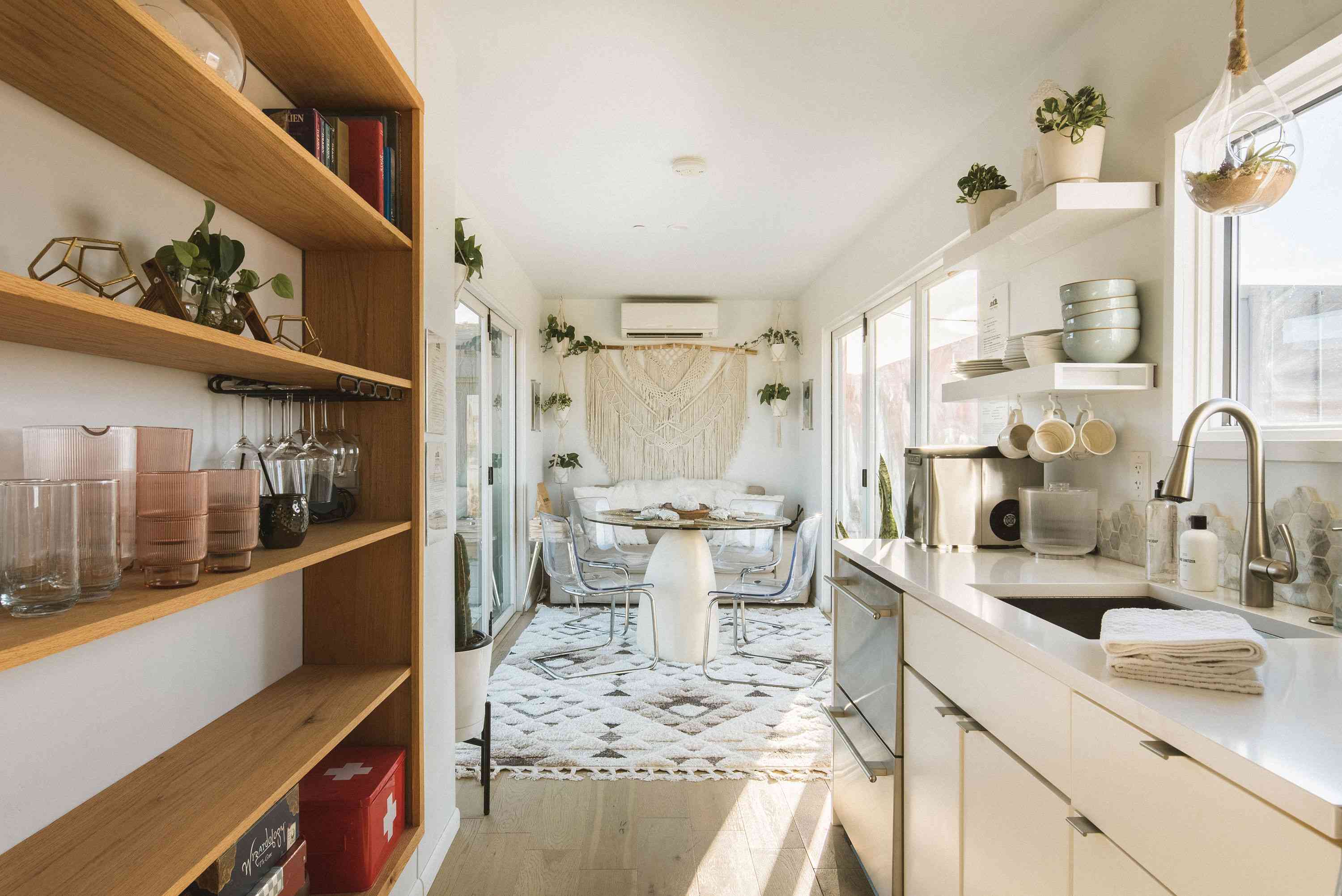



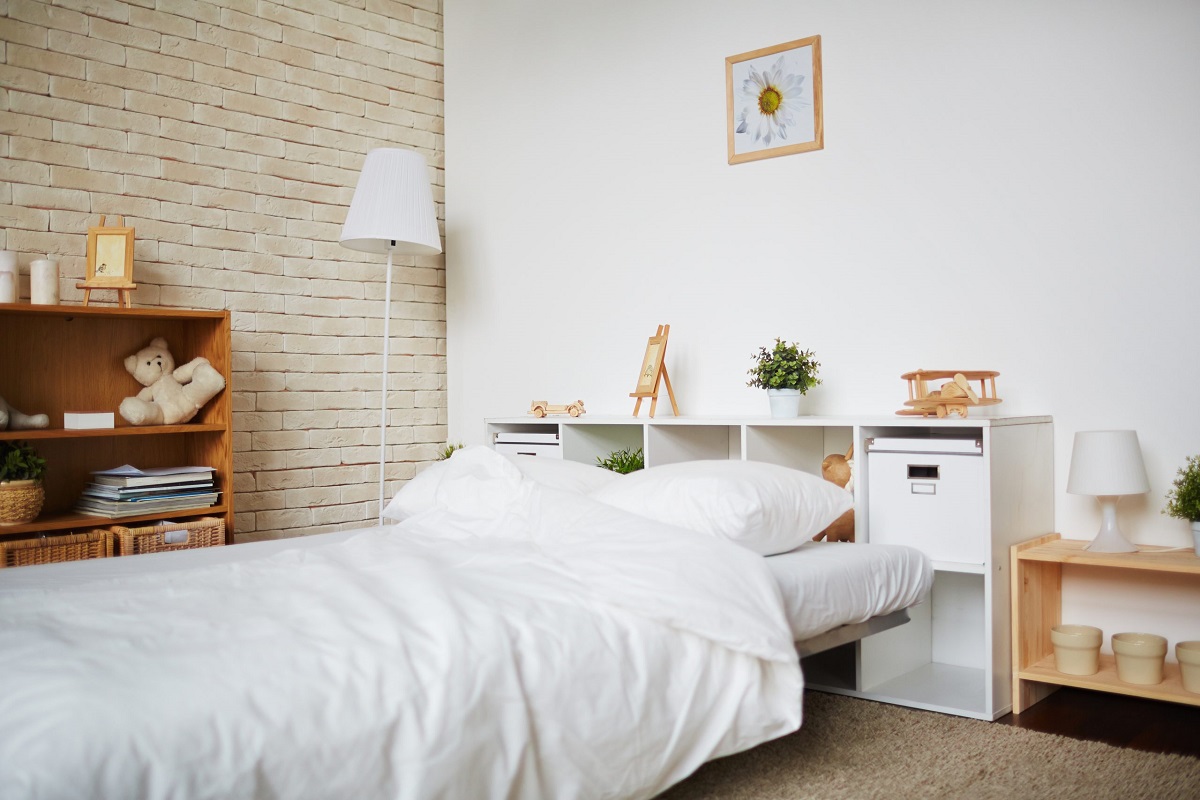
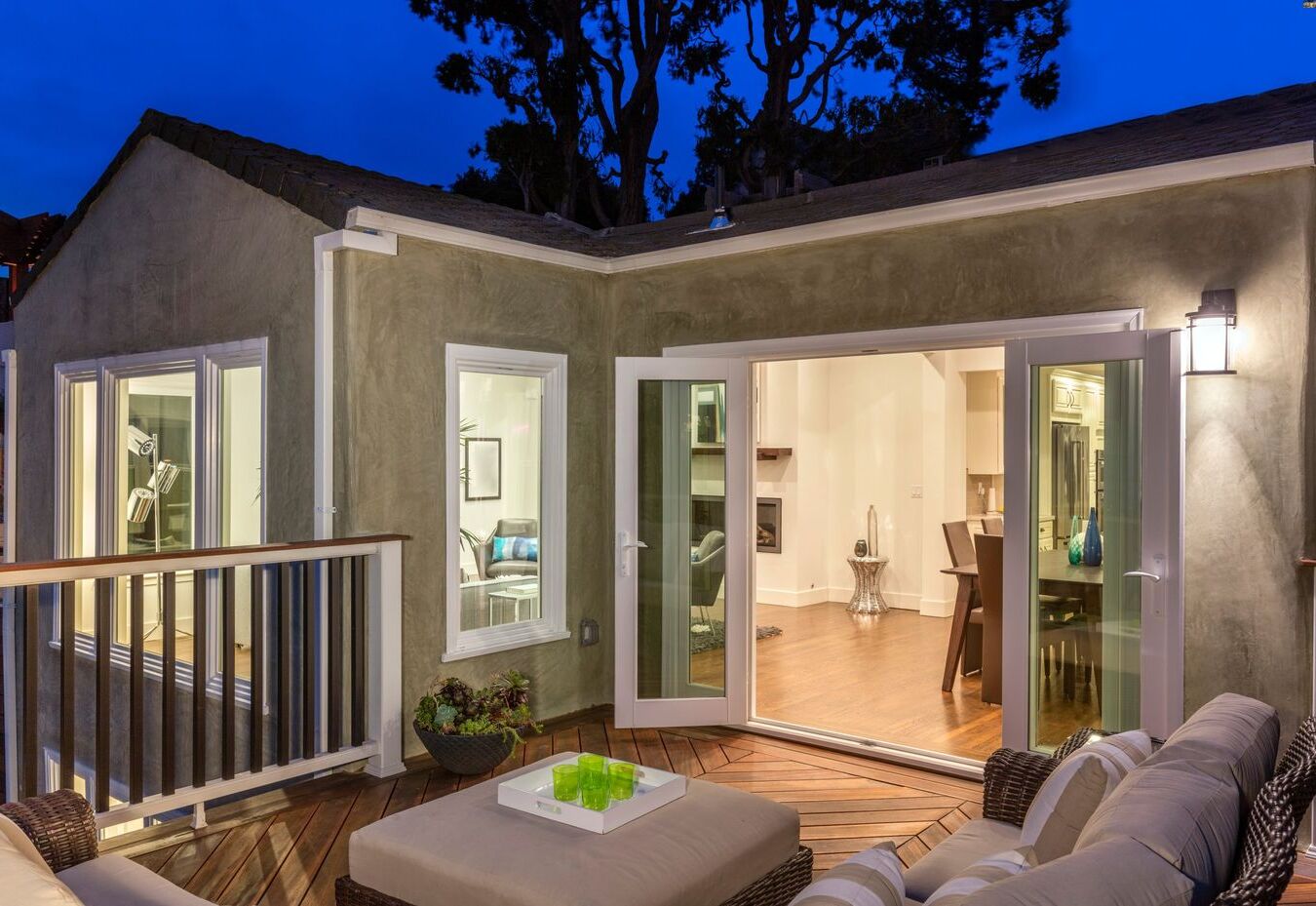

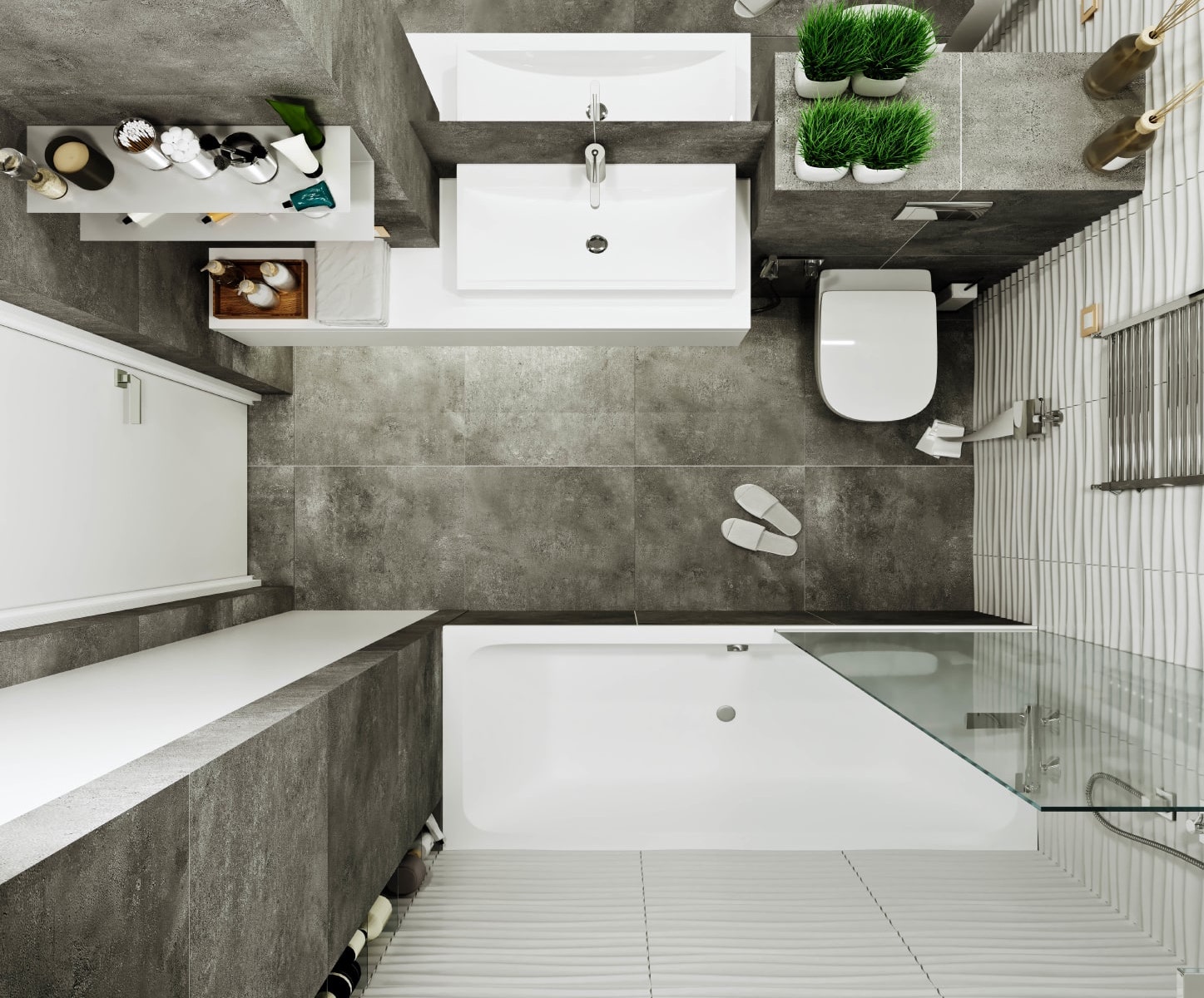



0 thoughts on “Long Garden Ideas: 10 Rules For A Long, Narrow Plot”